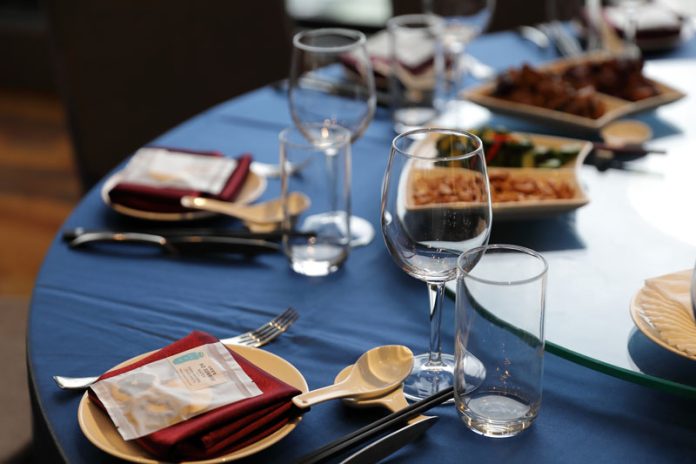If you are hosting a business event, you have the goal of it being successful. In other words, this can mean closing business deals, making sales to customers and marketing your brand in a positive way to your audience.
Let’s be honest and say that it can take a lot of time and patience to plan a business event. You want to make sure that it all goes to plan and that you are able to achieve your goals. But how can you really know if you are doing this? Well, you need to capture data from that event. Let’s take a closer look at this topic in more detail.
Why You Want to Data Capture
Of course, we have said that capturing data is important for achieving business goals. But, what do we really mean by this? Well, data capture can allow you to do a lot of things. The first thing it can allow you to do is profile customers. You can find out what type of customers are interested in your business and are leaving the house to attend your event. When you know more about your audience and the customers you have, you can make sure that things like marketing are tailored to appeal to them.
Let’s not forget that the data you get at an event can also be used for future events. If you are planning on hosting a lot of them, you want to ensure that each and every one is achieving a different goal. So, if you capture data at the event, you can find out what people like and dislike. You can use this data moving forward to create another event. Hopefully, everyone is going to be better than the last.
How to Capture Event Data
There are going to be several effective ways that you can capture data when you are throwing an event. All of them are going to provide slightly different information that you can use moving forward with your business. So, let’s take a closer look.
First, there are RSVPs to the event. This can be a good way to capture initial data, such as names and emails, as well as whom people work for and their job titles. In addition, it gives you the opportunity to consent to have their data recorded. Of course, if you are sending out RSVPs, it will also be useful to see who rejects this invite.
There is also going to be check-in data. With the right event staff, you can make sure that you capture who is arriving on the day of the event and who is going to be a no-show. Again, this information can be useful to use later on. You can use on-site surveys too, such as if you are testing certain products or services. The guests can give you live feedback and this can be used later on. Do not forget to encourage social media use and this can be checked out at a later date.
It is very important to reach out to guests after an event. You are going to want their feedback. This is when they are likely to be most honest about their opinion. There is going to be nobody there to pressure them. So, you can ask things like what they liked about the event, any speakers they enjoyed and even if they would visit another one of your events.
Have Data Goals
One thing you do not want to do when it comes to capturing data is record information blindly. Going into an event, you want to know what you wish to achieve. You do not want to gather unnecessary information that is not going to be useful later. So, think about what you are trying to capture. This could be to try to find out future consumers or identify a group of people you want to target moving forward. Remember the data is meant to help you improve your business, products and services, as well as ensure you tailor your events better in the future. Find a way to record all the data you need and keep it safe for analysing later on.


































